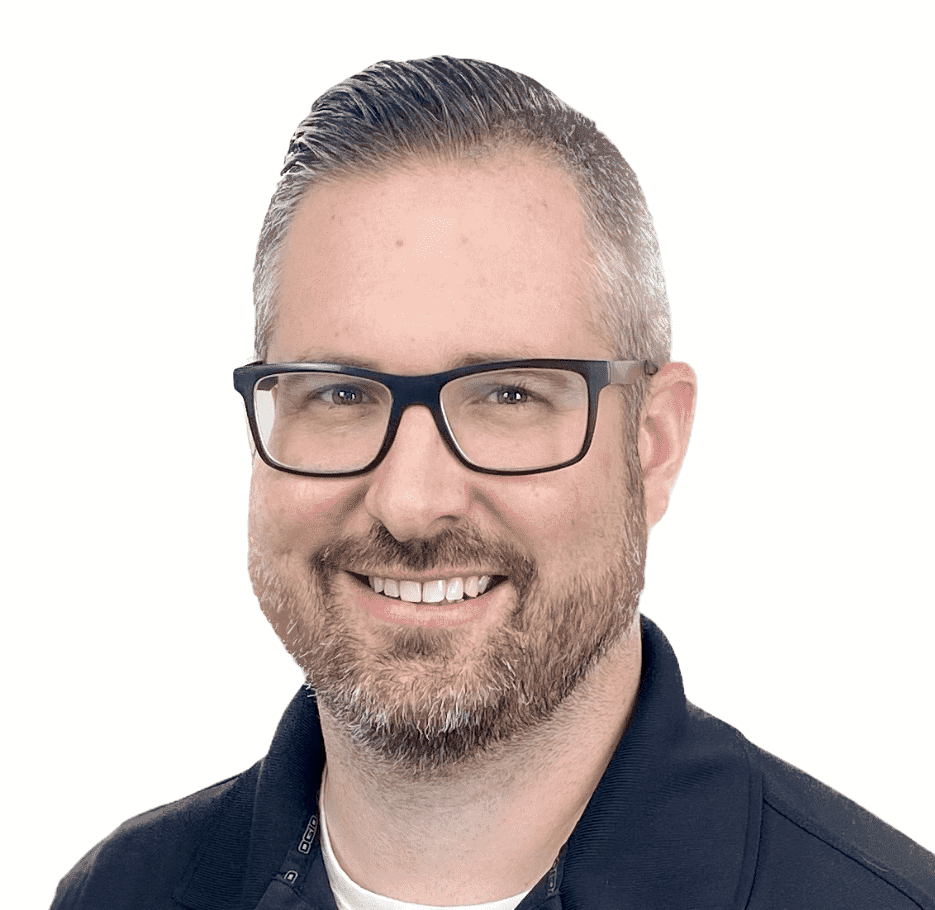What is Kinesiology Tape (K-Tape)?
Everyone has seen an athlete on TV sporting brightly covered tape on their shoulder or knee, with the strips in fun criss cross patterns. Have you ever wondered what that tape is? It is called Kinesiology Tape, more commonly known as K-Tape, and it does serve a purpose besides being fun bright colours. Unlike the rigid white tape that you may see on athletes around their ankles and hands, Kinesiology Tape is very flexible and adheres to the skin in a pain free manner. Kinesiology tape typically lasts 3-5 days and can be easily removed.
Benefits of Kinesiology Tape
Decrease Pain
- The tape is stretchy which allows it to lift the skin slightly without causing pain, which takes pressure off the area and helps decrease pain.
- The sensory receptors that send pain signals up to your brain travel along a similar pathway to the receptors that detect touch and pressure. Having the tape on your skin gives your body another sensation to focus on instead of the pain.
Assists in the healing process
- The tape lifting the skin provides more room for the muscles and joints to move and allows more blood to flow through the affected area.
- This improves circulation and decreases swelling by moving blood away from the area and improves healing by allowing blood to flow into the lymphatic system.
Enhance performance
- Proprioception is your body’s “sixth” sense, it refers to your awareness of where your body is in space
- The tape assists muscles by sending a signal to your muscles to “turn on,” allowing you to recruit more muscle fibers and have a stronger muscle contraction. It can also help wake up “sleeping” muscles by making you consciously aware of where the muscles are and can make it easier to activate the muscles
Common Injury Uses for Kinesiology Tape
Kinesiology Tape works well not only for athletes but any individual with any sort of musculoskeletal injuries. The 3 most common areas that tape is applied is the shoulder, knee, and ankle.
Shoulder: Rotator Cuff Tendinopathy
- Tape applied to: around the deltoid to stabilize the head of the humerus, the supraspinatus muscle (most common rotator cuff muscle to get inflammed), and along the upper traps muscles.
- Benefit: the tape assists your rotator cuff muscles in keeping your shoulder stable, provides support while the inflamed tendon heals, and increases blood flow to the area to decrease inflammation.
Knee: Patellofemoral Pain Syndrome (PFPS)
- Tape applied to: around the knee cap and up into where the quadriceps muscles combine to form your quads tendon. Tape is also applied to the end of the quads tendon where it inserts into the top of your shin bone.
- Benefit: takes pressure off the knee which helps decrease pain and assists the quads in straightening your knee when walking or jumping.
Ankle: Plantar Fasciitis
- Tape applied to: the end of your calf muscle (achilles tendon) and along the bottom of your foot to your toes. Tape is applied across the bottom of your foot to help support your medial arch.
- Benefit: provides support to the plantar fascia and medial arch as you walk and decrease pain. The tape takes pressure off the plantar fascia, helps the calf muscle activate when walking, and increases blood flow to help decrease inflammation and allow the plantar fascia to heal.









